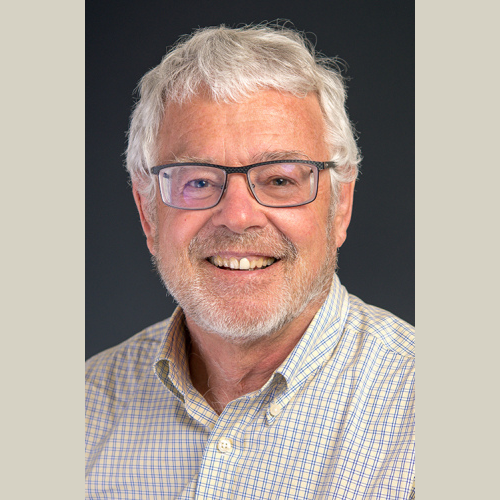
Professor, Physics, UT Austin
Faculty Investigator, IRG 2
My primary research interests center on the influence of electron-electron interactions on the electronic properties of metals and semiconductors. My research is driven, for the most part, by experiment rather than by theoretical technique. My technical interests cover a broad swath within the condensed matter theory subfield, ranging from pragmatic techniques for electronic structure calculations on the more traditional side to the more trendy field theoretical approaches. In the following paragraph, I briefly summarize the topics on which I have worked.
As an undergraduate student at St. Francis Xavier University in Nova Scotia, Canada (that’s where I'm from), I started out thinking that I was interested in mathematics. As I learned a bit about math and science, I eventually realized that what attracted me most was applications of mathematics. I remember being turned on when I started to understand that people really could build mathematical models of the world around us that correctly predicted completely unexpected and unknown behaviors. And I knew that building the models was fun. I had a few ideas for graduate studies including economics which I loved as an undergraduate. I chose physics because my girlfriend at the time, now my spouse, worked at a hospital attached to the University of Toronto’s downtown campus that was across the street from the physics department. It turned out to be a doubly good choice for me.
Prior to joining the faculty of UT Austin in 2000 (that also turned out to be a good choice for me), I spent a number of very enjoyable years working at the National Research Council of Canada’s Research Labs and at Indiana University. I have now been working on the theory of condensed matter for more than 30 years. I still wake up in the morning anticipating the pleasure and privilege of spending my day thinking about new possibilities for unexpected and unknown behavior in condensed matter, and working with interesting young people finding their own directions in science.

